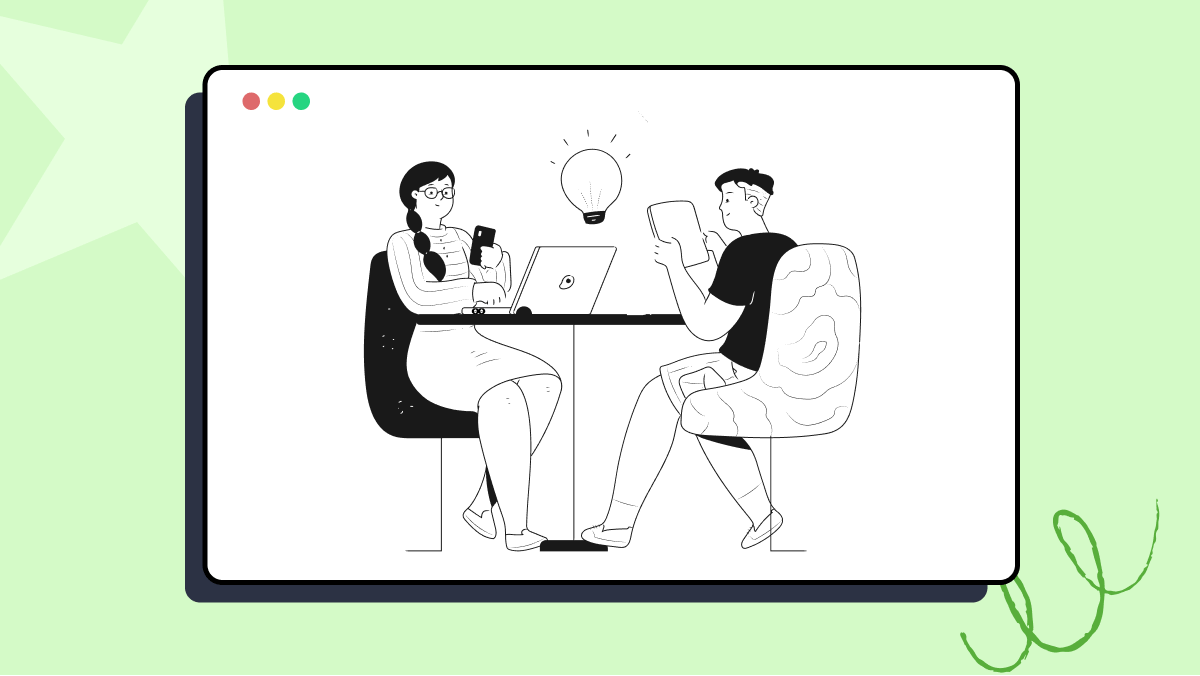How to use toTheRight method of org.testingisdocumenting.webtau.browser.documentation.ImageAnnotation class
Best Webtau code snippet using org.testingisdocumenting.webtau.browser.documentation.ImageAnnotation.toTheRight
Source: ImageAnnotation.java
...71 public ImageAnnotation toTheLeft() {72 placement = Placement.ToTheLeft;73 return this;74 }75 public ImageAnnotation toTheRight() {76 placement = Placement.ToTheRight;77 return this;78 }79 public abstract void addAnnotationData(Map<String, Object> data,80 List<WebElementLocationAndSizeProvider> locationAndSizeProviders);81 protected Point position(WebElementLocationAndSizeProvider locationAndSizeProvider) {82 switch (placement) {83 case Above:84 return above(locationAndSizeProvider.getLocation(), locationAndSizeProvider.getSize());85 case Below:86 return below(locationAndSizeProvider.getLocation(), locationAndSizeProvider.getSize());87 case ToTheLeft:88 return toTheLeft(locationAndSizeProvider.getLocation(), locationAndSizeProvider.getSize());89 case ToTheRight:90 return toTheRight(locationAndSizeProvider.getLocation(), locationAndSizeProvider.getSize());91 case Center:92 default:93 return center(locationAndSizeProvider.getLocation(), locationAndSizeProvider.getSize());94 }95 }96 private Point center(Point location, Dimension size) {97 return new Point(location.getX() + size.getWidth() / 2, location.getY() + size.getHeight() / 2);98 }99 private Point above(Point location, Dimension size) {100 return new Point(location.getX() + size.getWidth() / 2, location.getY());101 }102 private Point below(Point location, Dimension size) {103 return new Point(location.getX() + size.getWidth() / 2, location.getY() + size.getHeight());104 }105 private Point toTheLeft(Point location, Dimension size) {106 return new Point(location.getX(), location.getY() + size.getHeight() / 2);107 }108 private Point toTheRight(Point location, Dimension size) {109 return new Point(location.getX() + size.getWidth(), location.getY() + size.getHeight() / 2);110 }111}...toTheRight
Using AI Code Generation
1def image = browser.image("image id")2def image = browser.image("image id")3def image = browser.image("image id")4def image = browser.image("image id")5def image = browser.image("image id")6def image = browser.image("image id")7def image = browser.image("image id")8def image = browser.image("image id")9def image = browser.image("image id")10def image = browser.image("image id")Blogs
Check out the latest blogs from LambdaTest on this topic:
 QA testers have a unique role and responsibility to serve the customer. Serving the customer in software testing means protecting customers from application defects, failures, and perceived failures from missing or misunderstood requirements. Testing for known requirements based on documentation or discussion is the core of the testing profession. One unique way QA testers can both differentiate themselves and be innovative occurs when senseshaping is used to improve the application user experience.
QA testers have a unique role and responsibility to serve the customer. Serving the customer in software testing means protecting customers from application defects, failures, and perceived failures from missing or misunderstood requirements. Testing for known requirements based on documentation or discussion is the core of the testing profession. One unique way QA testers can both differentiate themselves and be innovative occurs when senseshaping is used to improve the application user experience.
Sometimes, in our test code, we need to handle actions that apparently could not be done automatically. For example, some mouse actions such as context click, double click, drag and drop, mouse movements, and some special key down and key up actions. These specific actions could be crucial depending on the project context.
I routinely come across test strategy documents when working with customers. They are lengthy—100 pages or more—and packed with monotonous text that is routinely reused from one project to another. Yawn once more— the test halt and resume circumstances, the defect management procedure, entrance and exit criteria, unnecessary generic risks, and in fact, one often-used model replicates the requirements of textbook testing, from stress to systems integration.
Have you ever struggled with handling hidden elements while automating a web or mobile application? I was recently automating an eCommerce application. I struggled with handling hidden elements on the web page.
Are members of agile teams different from members of other teams? Both yes and no. Yes, because some of the behaviors we observe in agile teams are more distinct than in non-agile teams. And no, because we are talking about individuals!
Automation Testing Tutorials
Learn to execute automation testing from scratch with LambdaTest Learning Hub. Right from setting up the prerequisites to run your first automation test, to following best practices and diving deeper into advanced test scenarios. LambdaTest Learning Hubs compile a list of step-by-step guides to help you be proficient with different test automation frameworks i.e. Selenium, Cypress, TestNG etc.
LambdaTest Learning Hubs:
- JUnit Tutorial
- TestNG Tutorial
- Webdriver Tutorial
- WebDriverIO Tutorial
- Protractor Tutorial
- Selenium 4 Tutorial
- Jenkins Tutorial
- NUnit Tutorial
- Jest Tutorial
- Playwright Tutorial
- Cypress Tutorial
- PyTest Tutorial
YouTube
You could also refer to video tutorials over LambdaTest YouTube channel to get step by step demonstration from industry experts.
Most used method in ImageAnnotation
Try LambdaTest Now !!
Get 100 minutes of automation test minutes FREE!!


